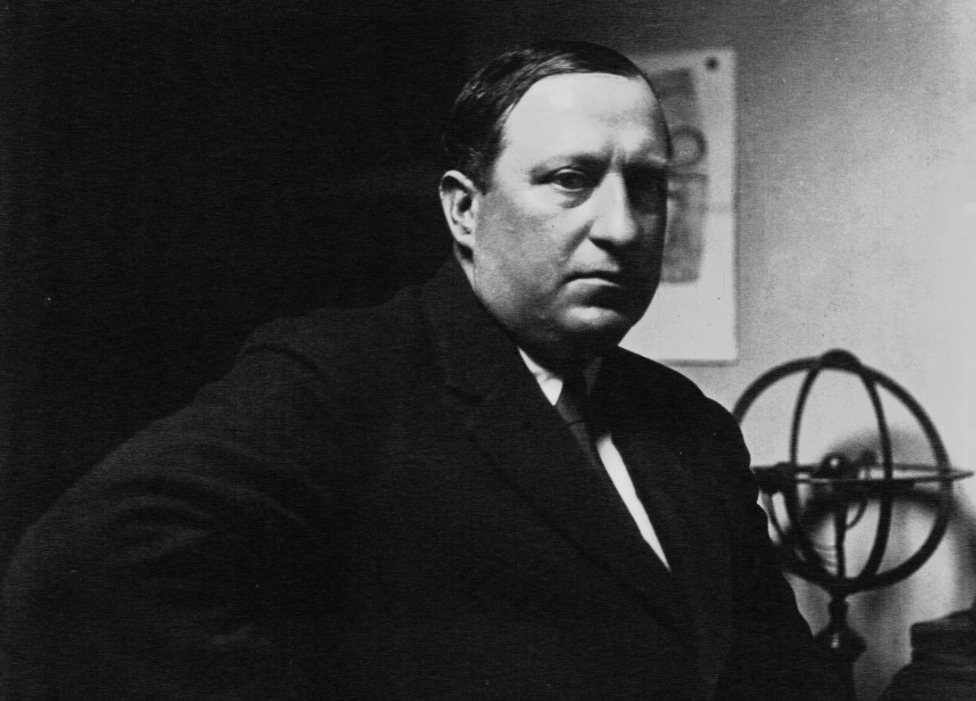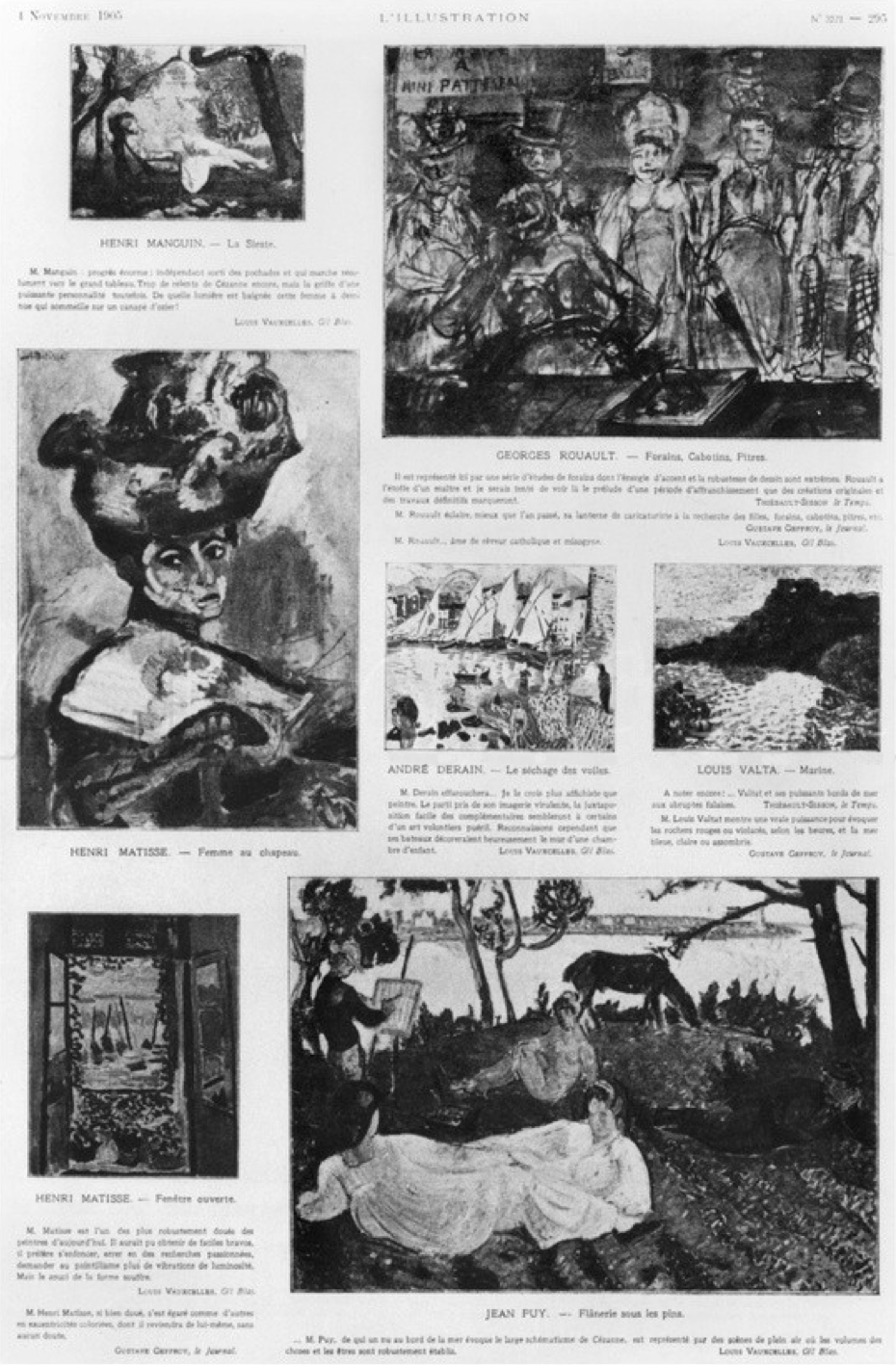René Gimpel’s Derain scandal
[01.12.2020]Lawsuits with theatrically artistic names are a regular feature of the art world and they occasionally spill over into mainstream media: Pissarro’s Shepherdess (since 2016), The despoiled porcelains of the Manufacture de Sèvres (returned to Lucie Jonquet’s beneficiaries in 2020) and – just recently (30 September ) – a successful appeal concerning René Gimpel’s Derain paintings, bringing to conclusion a lengthy judicial procedure.

André Derain BnF
The three canvases by André DERAIN (1880-1954) painted in 1907 and in 1910 (Paysage à Cassis and La Chapelle-sous-Crécy kept at the Troyes Museum of Modern Art museum, and, Pinède, Cassis owned by the Cantini Museum in Marseille) will finally be restored to the beneficiaries of the great collector and art dealer René Gimpel. Proceedings to recover the paintings were initially launched in 2013. In August 2019, a magistrates’ court decided against the restitution of the three works. In September of this year, an appeal court reversed this previous judgment considering in its decision that the three paintings were indeed expropriated and therefore, in application of the Order of 21 April 1945, that their sale to the museums was “unlawful”. The decision to return the works to Gimpel’s beneficiaries was the result of meticulous research into their historical whereabouts requiring extraordinary investigative work.
Purchased by René Gimpel during a Drouot sale of the Kahnweiler collection in 1921, the three paintings were hanging in René Gimpel’s living room until the start of the Second World War. In 1940, René Gimpel fled the capital with his family towards the Côte d’Azur, leaving behind his home in rue Spontini and his gallery in Place Vendôme. Having joined the Resistance in Marseille, he was arrested in 1944 and deported to the Neuengamme concentration camp where he died in January 1945. The artworks in his mansion and in his gallery were sold and subsequently became difficult to trace. Some were re-lined, changed in dimension and even renamed. Paysage à Cassis was sent to New York, then London before returning to Paris. It seemed to disappear until its acquisition by the couple Pierre and Denise Lévy in the 1950s. In 1976, the Levy couple donated 2,000 works, including the two by Derain, to the city of Troyes, thereby allowing the city’s Modern Art Museum to open (inaugurated in 1982 by François Mitterrand). The path taken by Pinède, Cassis before it arrived at the Cantini Museum is also dotted with gray areas.
Derain and Fauvism

Les Fauves, Salon d’Automne, L’illustration, 04/11/1905, p.295
André Derain was born in 1880 in Chatou on the outskirts of Paris. He trained in painting at the Camillo Academy and in 1900 he befriended Maurice DE VLAMINCK (1876-1958) and shared a studio with him. Derain quickly turning his back on academic formalism, especially in terms of colour, and he pursued his experiments alongside Henri MATISSE (1869-1954) in the south of France (Collioure). Repeatedly working on colour and light, he built his compositions by applying small patches of strong colours. In 1905, his work was exhibited at the Salon des Indépendants and, later that year, at the Salon d’Automne in the famous Room VII (dubbed La cage aux fauves or cage of wild cats by art critic Louis Vauxcelles ) alongside works by Georges BRAQUE, Albert MARQUET and Albert MARQUET. He thus emerged as one of the leading lights of Fauvism.
“The colours became cartridges of dynamite capable of exploding out light”. Derain, 1929
Art dealer Ambroise Vollard was so impressed he bought the entire contents of his studio. It was the radical decade… 1904-1914 – (a blaze of colours that ignited all the paintings shown at the memorable Centre Pompidou exhibition of 2017 in Paris) – and Derain’s works from this period are his best known and most sought after by collectors. All of his top auction results are focused on the decade before WWI.
In fact, Derain’s 20 best results were hammered for works dating from 1905 to 1908. The three ‘appropriated’ canvases also date from this period of exuberance. If, as seems likely, they reach the secondary market, they could well dethrone Derain’s current auction record of over $24 million paid for Arbres à Collioure (1905) at Sotheby’s in London ten years ago.
Broad minded and curious, Derain was a highly cultivated artist. He read a lot, illustrated poems by Guillaume APOLLINAIRE (1880-1918), was passionate about the so-called “primitive arts”, and explored links between painting and decorative arts.
As of 1908, Derain’s style briefly shifted towards a more Cubist approach with his paintings becoming more geometric and his colours becoming more uniform. In 1914 he was mobilized to the French artillery and fought in Battle of the Somme, at the Chemin des Dames and at Verdun. At the end of the war, he accepted Diaghilev’s invitation to London to paint sets for the ballet La Boutique Fantasque and he created numerous sets and costumes for the theater. In 1921, during a trip to Italy, he ‘reconnected’ with ancient Greek art and with Old Masters. In recent years, this lesser-known period of his career has been the subject of much research. Until January 2021, the Mendrisio Art Museum in Switzerland is hosting an exhibition titled André Derain, Expérimentateur à contre-courant which explores Derain’s work from the inter-war period to his death in greater depth.
In November 1941, he and Vlaminck, Paul BELMONDO, Paul LANDOWSKI and others made a ten-day trip to Germany at the invitation of Arno BREKER, official sculptor of the Reich whose wife was a former model of Derain. This participation in the cultural propaganda of Nazi Germany, and their failure to achieve the liberation of artists deported or made or prisoners of war (for whom the group had set itself up as the spokesperson), was to be harshly criticized. Suspected in 1944 of having collaborated with the Nazis, then subsequently cleared, this episode had serious repercussions on the end of the artist’s career… and on his market: his work produced after after 1920 never received the kind of demand that his Fauve period work attracted. He died in a car accident in Garches in 1954.




 0
0
